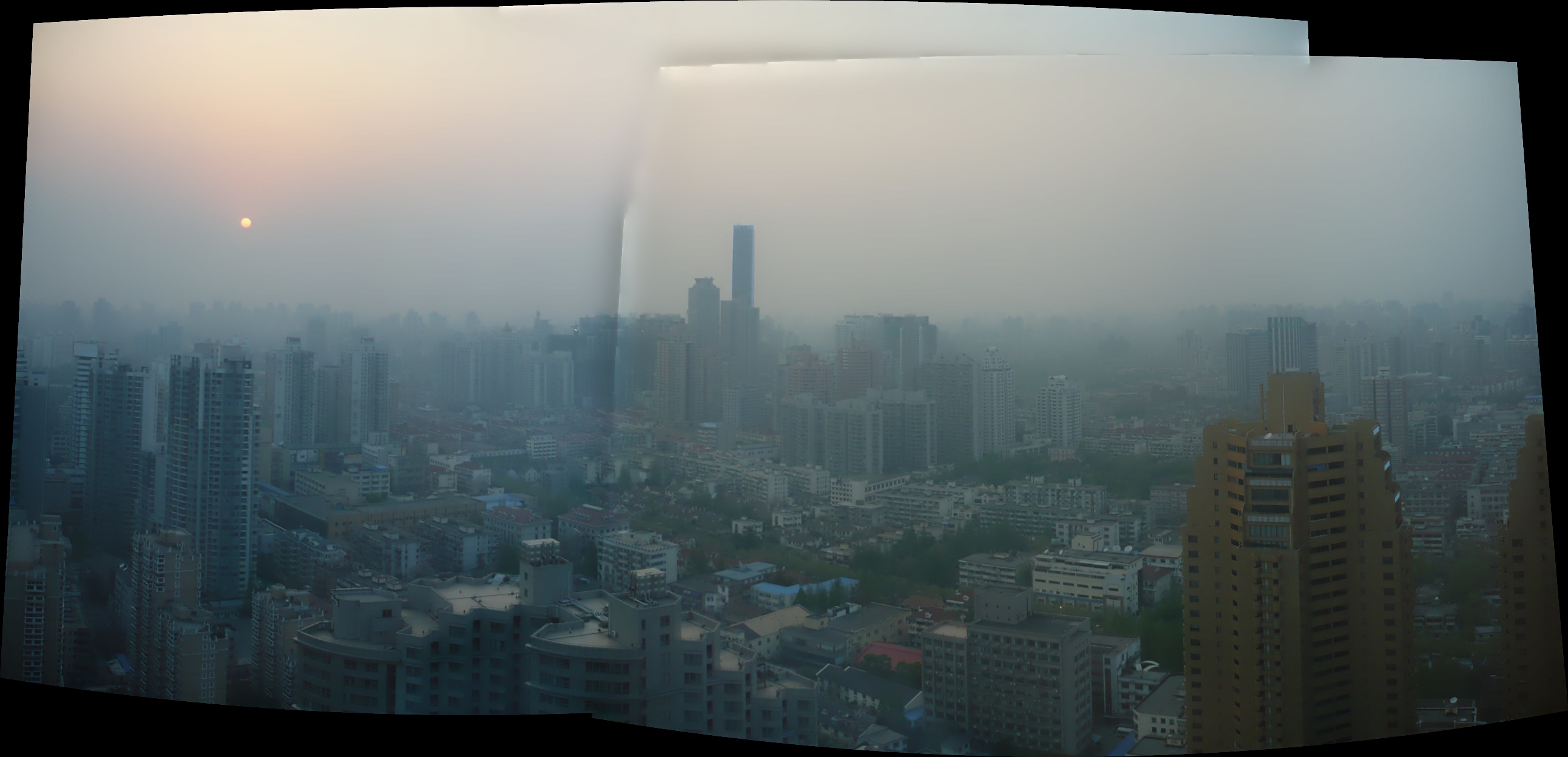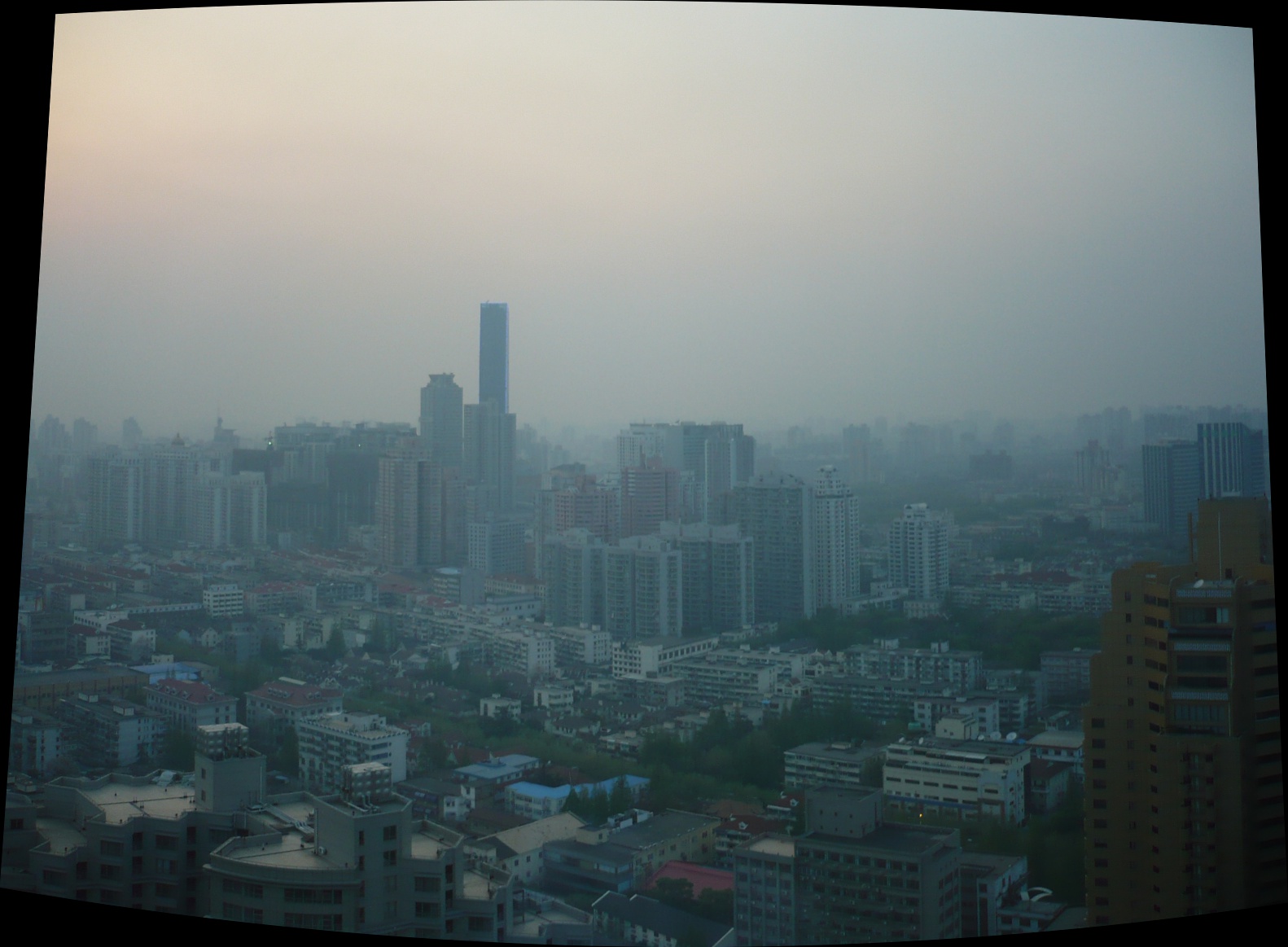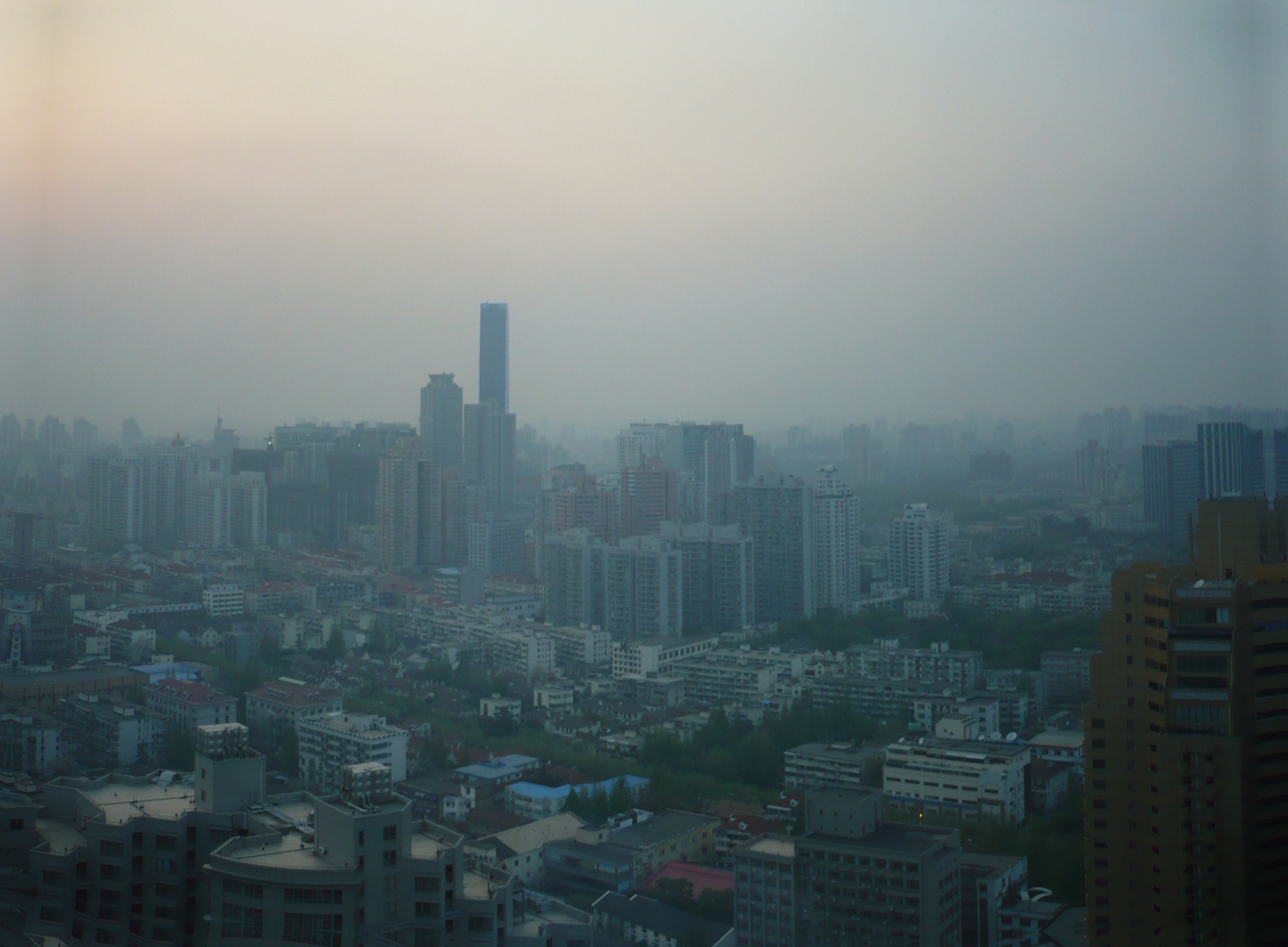Blending artifacts in OpenCV image stitching
Hi there,
I am using OpenCV to blend a set of pre-warped images. As input I have some 4-channel images (*.png or *.tif) from where I can extract a bgr image and an alpha mask with the region related to the image (white) and the background (black). Both image and mask are the inputs of the Blender module cv::detail::Blender::blend.
When I use feather (alpha) blending the result is ok, however, I would like to avoid ghosting effects. When I use multi-band, some artifacts are appearing on the edges of the images:

The problem is similar to the one raised here, and solved here. The thing is, if the solution is creating a binary mask (that I already extract from the alpha channel), it does not work for me. If I add padding to the ovelap between both images, it takes pixels from the background and messes up the result even more.
I guess that probably it has to do with the functions pyrUp and pyrDown, because maybe the blurring to create the Gaussian and Laplacian pyramids is applied to the whole image, and not only to the positive alpha region. In any case, I don't know how to fix the problem using these functions, and I cannot find another efficient solution.
When I use another implementation of multiresolution blending, it works perfectly, however, I am very interested in integrating the multi-band implementation of OpenCV. Any idea of how to fix this issue?



